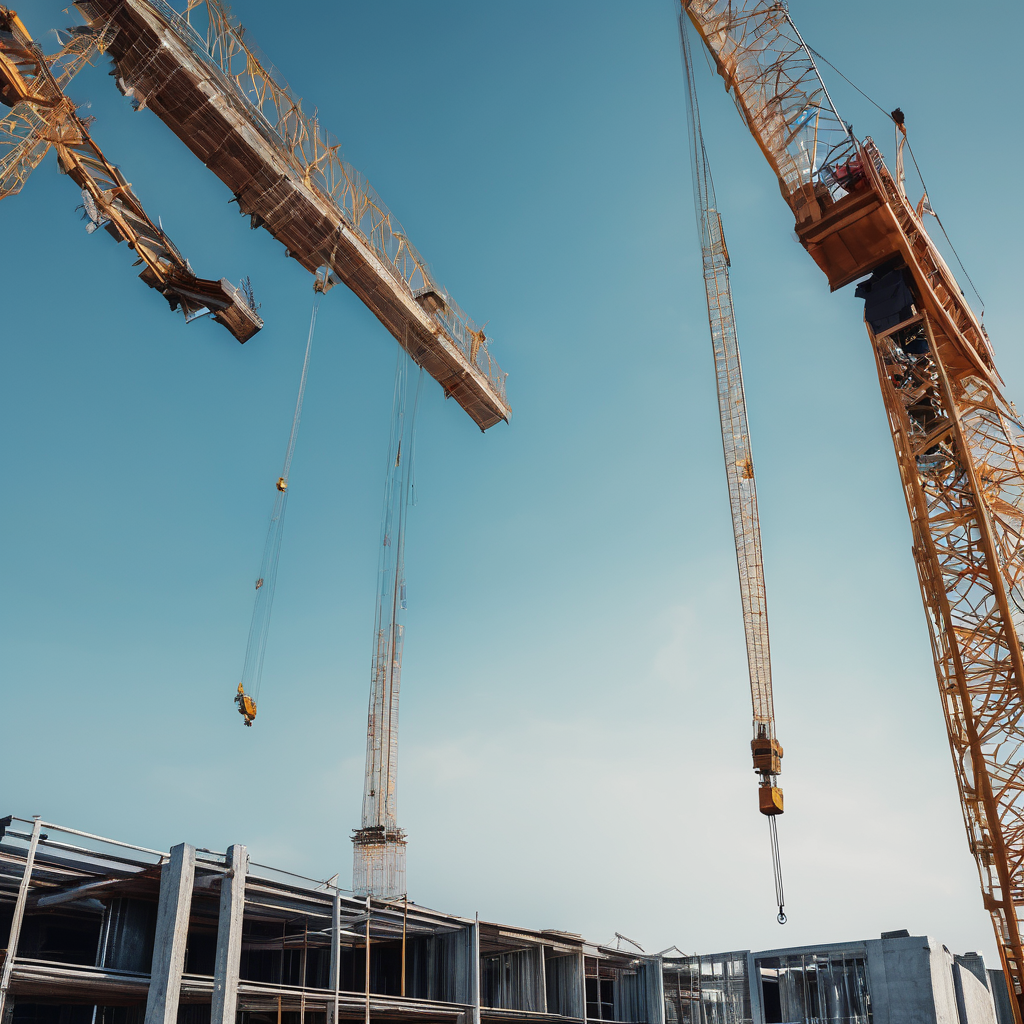Fiji’s construction sector continues to exhibit robust growth as the total estimated value of construction work put in place during the June quarter of 2025 reached $143.6 million. This marks a 10.2% increase from the March quarter and a 17.2% rise compared to the same period in the previous year, according to data released by the Fiji Bureau of Statistics (FBOS). Such data is drawn from returns provided by all registered private building and civil works contractors, offering insights into both private and public sector contributions to construction activities.
Breaking down the figures, the private sector accounted for 50.7% of the total value, equating to $72.8 million, while the public sector was close behind, contributing 49.3% or $70.8 million. Civil engineering works dominated the construction scene, representing 51.4% of the total work at $73.7 million. Additionally, new buildings and capital repairs made up 37.8% or $54.3 million, and current repairs and maintenance composed 10.8% or $15.6 million of the construction activity.
This uptrend in construction activities complements findings from similar reports. Notably, the sector saw a significant increase in construction permits during the same quarter, valued at approximately $199.5 million—indicating heightened investment across residential, commercial, and industrial construction projects. While permits showed a positive trajectory, there was an observed decline in completion certificates, suggesting ongoing larger-scale projects with extended timelines.
The continued growth in the construction sector is encouraging for Fiji’s economy, serving as a vital driver of economic momentum and an indicator of investor confidence. However, the sector still faces challenges, notably a skilled labor shortage due to the migration of workers seeking opportunities abroad. Addressing this labor gap remains crucial for sustaining momentum and ensuring timely completion of projects.
The Fiji Bureau of Statistics emphasizes the importance of these statistics for policymakers, investors, and industry stakeholders. These data points offer crucial insights into trends within the construction sector, enabling informed decision-making and strategic planning to capitalize on growth opportunities while addressing challenges.
Overall, while the rise in construction activity signals a promising economic outlook, continued development and strategic investments are essential for long-term growth. Such efforts will not only bolster the economy but also improve the quality of life for residents through job creation and increased household incomes. Fiji stands at a decisive point, with the construction sector paving the way for a sustainable and prosperous future.
